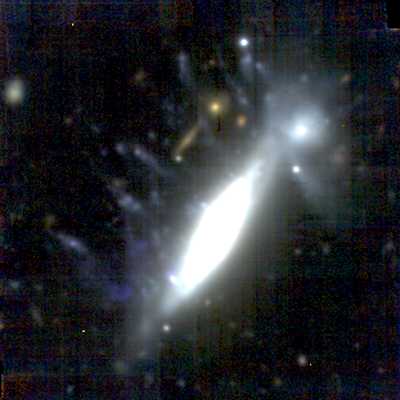


WINGS (WIde-field Nearby Galaxy-cluster Survey: Fasano et al. 2006) is a wide-field and multiwavelength survey of 76 galaxy clusters in the local Universe. The sample consists of all clusters at 0.04 <z< 0.07 in both hemispheres at Galactic latitude | b | > 20 selected from the ROSAT X-ray-Brightest Abell-type Cluster Sample, the Brightest Cluster Sample, and its extensions. The WINGS survey is based on B and V imaging for the 76 clusters over a 34' × 34' field of view taken with the Wide Field Cameras on the INT and the 2.2m MPG/ESO telescopes.
With the aim of covering the virial region and extending out into the infall region, we have obtained GTO OmegaCAM imaging in the u-, B- and V-bands over 1 by 1 degree for 45 fields covering 46 WINGS clusters (Gullieuszik et al. 2015). A large spectroscopic follow-up campaign targeting these clusters was carried out with AAOmega on the AAT (Moretti et al. 2017 ). We named this extension of the WINGS survey, OmegaWINGS.
WINGS website
GASP (GAs Stripping Phenomena in galaxies with MUSE) is an ESO Large Program carried out with the MUSE Integral Field spectrograph on the VLT to observe about 100 stripping candidates at z=0.04-0.07 located in different environments (from the field to clusters).
This program started in October 2015 and has been allocated 120 hours of MUSE over four semesters. GASP targets are galaxies over a wide range of galaxy masses, degrees of morphological asymmetry and environments.
The aim of this program is to clarify how, where and why the gas removal occurs, measure its timescale and efficiency as a function of galaxy mass and environment, and quantify the amount of star formation involved in this process. Existing auxiliary data and planned campaigns (e.g. APEX CO1-0, VLA, ALMA, Astrosat) allow to characterize all the phases of the gas and stellar populations.
GASP website GASP atlas
The complete GASP atlas can be found here


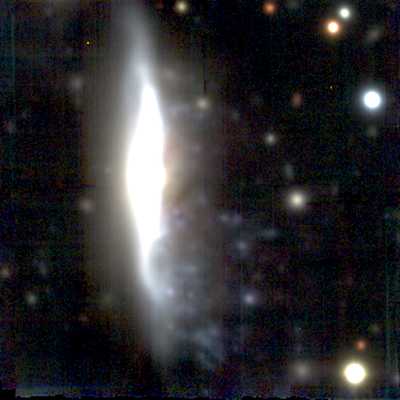

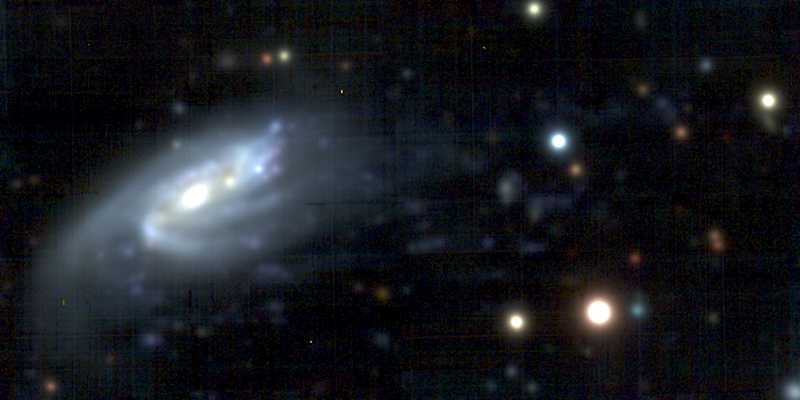

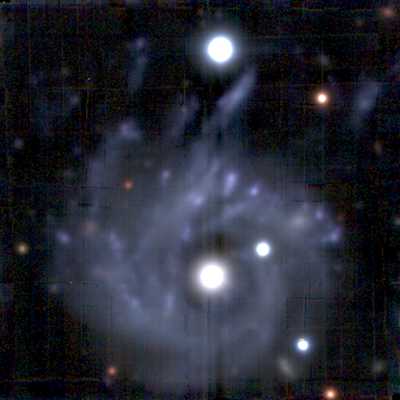

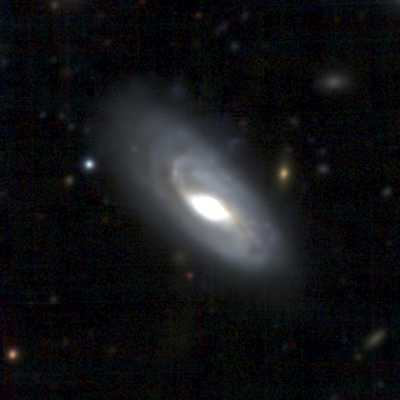

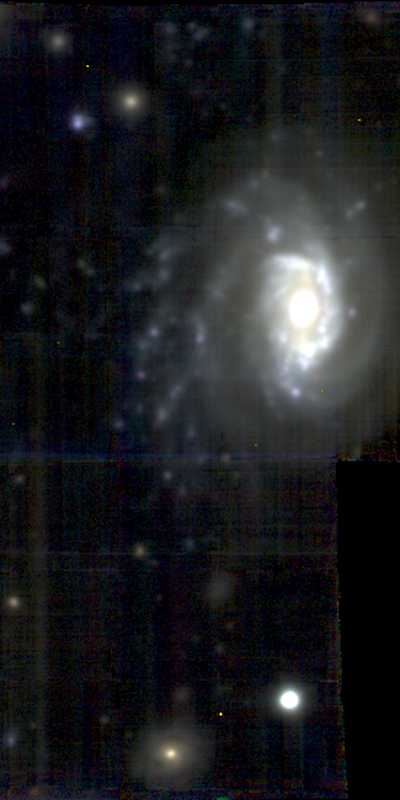

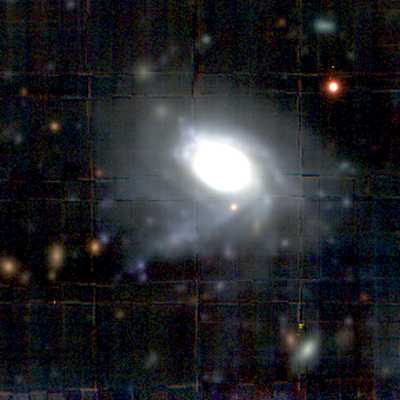

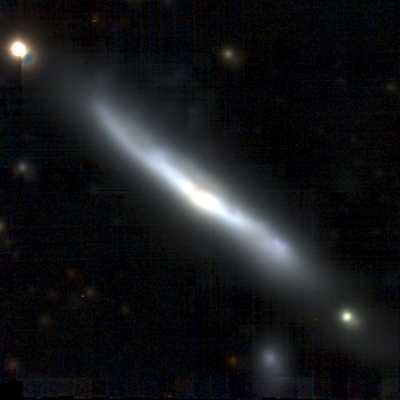

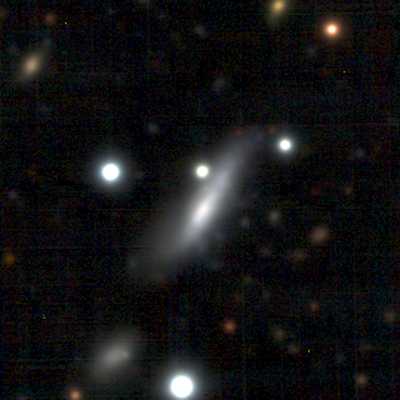

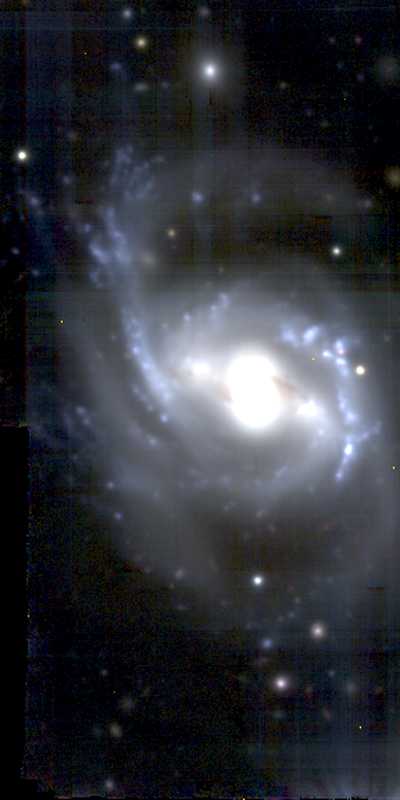

To explore the possibilities that will be offered by forthcoming Extremely Large Telescopes (ELTs) like the E-ELT or the TMT, I started to work with simulated obsarvations of resolved and unresolved stellar populations.
The simulations were carried out by adopting the parameters of MICADO, the instrument designed for the 39-m aperture E-ELT to provide quasi-diffraction limited imaging over a wide (~1') field of view, and from the phase A study of MAORY, the Multi-conjugate Adaptive Optics module for the E-ELT. For comparison with other next-generation telescopes, we carried out also simulations adoptiong the specifications for IRIS instrument at TMT and the NIRCam camera at JWST.
To evaluate the impact of the unique spatial resolution and sensitivity of ELTs in the study of both resolved and unresolved stellar populations, developed a few key science cases: (i) nearby nuclear star clusters to explore che accuracy of point-like photometry in extremely crowded stellar fields and (ii) galaxies at redshift 2-3 to assess the feasibility of accurate photometric and morphological measurements in high-redshift galaxies.
These results were included in the MAORY science cases white book

| All | 1st author | |||
|---|---|---|---|---|
| Totals | Refereed | Totals | Refereed | |
| number of papers | ||||
| citations | ||||
| h-index | ||||
Source The SAO/NASA Astrophysics Data System
updated: